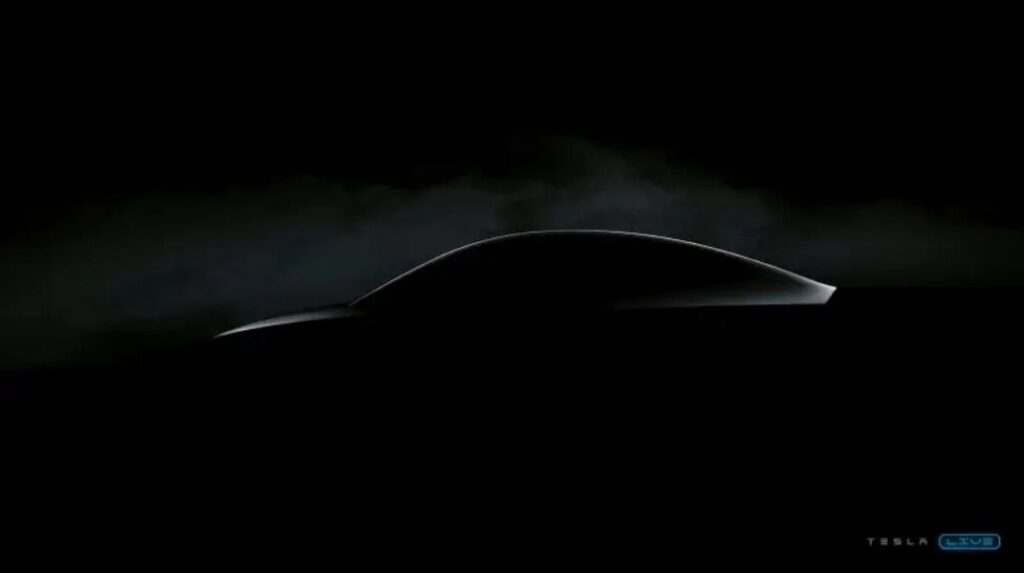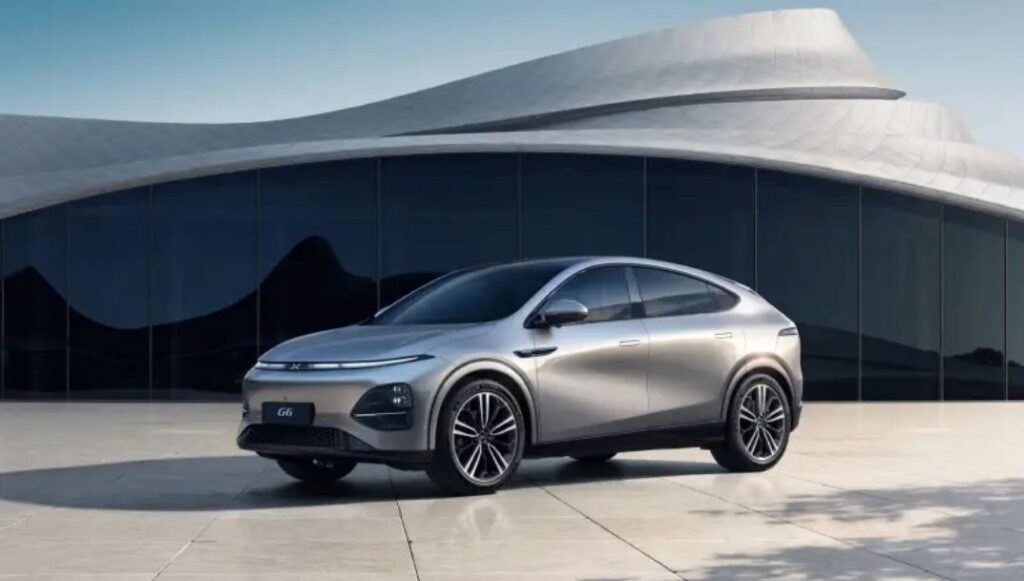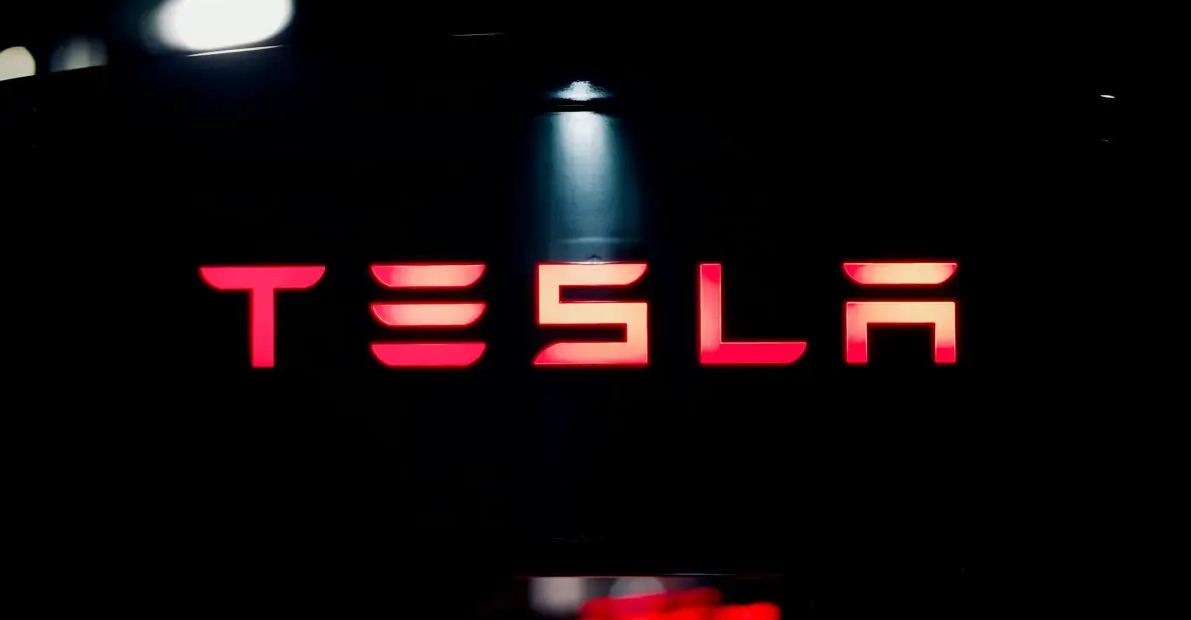We are in the final stretch of the countdown to the presentation of Tesla’s robotaxi. The new vehicle was supposed to be formally announced in August, but the event was postponed until October 10. This Thursday, we will finally learn about one of the most anticipated projects in the electric car industry, which has become one of Elon Musk’s main interests.
Please follow us on Facebook and Twitter.
Not much is known about the robotaxi itself, especially its design. Tesla has done a good job of keeping that information secret. The closest we’ve seen to what it might look like are a concept included in Elon Musk’s official biography by Walter Isaacson and a photo of a clearly camouflaged car that leaked while it was driving around Warner Bros. Studios, where the unveiling will take place.
So far, what we know about how the robotaxi will work is that Tesla aims to provide a fully autonomous experience powered by artificial intelligence. The vehicle will not use radar or proximity sensors. Instead, unlike Waymo, it will rely only on multiple cameras and a system based on the same technology used for fully autonomous driving.
Additionally, Tesla’s robotaxi would not have a steering wheel or pedals. This means it is designed solely for transporting people, rather than being an existing car modified for this purpose. Elon Musk has promised to launch a service similar to Uber to maximize the vehicle’s use, which completes the idea behind this project.
If the robotaxi delivers even some of what it promises—or what people speculate it could do—Tesla could be on the verge of a game-changing development. A fully autonomous electric car, with no steering wheel or pedals, that you can summon through an app to take you comfortably from one place to another, could revolutionize transportation. That’s the theory, at least.
Does Elon Musk believe that Tesla’s robotaxi can live up to its promise? Clearly, he does. Throughout this year, Musk has emphasized that Tesla’s future lies in robotics and artificial intelligence, with full self-driving and the robotaxi taking center stage. “If anyone doesn’t believe Tesla is going to solve self-driving, they shouldn’t be an investor in the company. But we will. And we are,” he stated in April.
As for the event on October 10, it seems likely that Tesla will gain significant publicity and marketing benefits. This is important because it could lead to an increase in the company’s stock price if interest is renewed among both new and existing investors. Regardless of the outcome, the presentation of the robotaxi is sure to attract media attention worldwide. If Tesla can deliver a convincing demonstration of the robotaxi’s capabilities, it would be a strong win for Musk and his ambitious project.
The big question about robotaxis is how long it will take Tesla to establish a functioning fleet and where they will be deployed. It seems likely that developing this kind of technology will require several years before an official launch. The regulatory aspect could complicate things further, as fully autonomous driving is currently only a reality in the United States. Although Elon Musk has promised that it will arrive in Europe and China by 2025, it remains to be seen if this will actually happen.
Musk’s promises are another important factor when discussing Tesla’s robotaxi. The CEO has a history of missing deadlines, which is well-known. The availability of fully autonomous driving and the launch of the second-generation Roadster are two notable examples.
While the attention on the robotaxi may benefit Tesla in the short term, a potential delay in its implementation could be costly in the long run. If the company is directing a significant portion of its resources toward this project, it raises questions about whether it can effectively support other initiatives. This concern is particularly relevant given the ongoing discussions about the $25,000 Tesla Model 2/Model C.
Could this be the final blow for the Model 2?

One of Tesla’s most discussed projects in recent years has been the development of an affordable car, priced at $25,000 or €25,000, unofficially referred to as the Model 2 or Model C. However, reports this year indicate that development has been put on hold to redirect resources toward the robotaxi.
It’s important to note that this doesn’t mean the company has abandoned plans for cheaper cars. In fact, recent leaks have shown the first images of what appears to be a more affordable version of the Model 3.
Still, Tesla’s robotaxi could signal the end of the $25,000 Model 2. Although Elon Musk denied an initial report from Reuters claiming that the vehicle had been canceled, Electrek later reported that the company had indefinitely postponed it and had “completely defunded” the project.
Additionally, it was mentioned that Tesla has ruled out expanding Gigafactory Texas, where the initial production line for the affordable model was planned. Instead, a data center dedicated solely to the robotaxi is expected to be located there.
This doesn’t necessarily mean that efforts to create the Model 2 will be abandoned. There is speculation that Tesla’s robotaxi will use the same NV9X platform developed for that car, a claim that Elon Musk has validated on social media.
However, if the robotaxi project leads to the total or partial cancellation of the initiative for the $25,000 car, the short- and medium-term consequences could be significant, especially regarding competition. Chinese electric car brands are increasingly gaining ground in markets like Europe and Asia. While Tesla focuses on the robotaxi, these competitors are strengthening their position.
Tesla is focusing on the robotaxi, while Chinese electric cars are gaining ground in Europe and Asia.

Opponents of robotaxis and Elon Musk’s overall management of Tesla believe that this project may distract attention from the company’s performance in key markets like Europe and Asia. In these regions, Chinese electric car makers have secured a strong foothold due to their impressive performance and competitive pricing, with government subsidies playing a significant role.
Of course, the situation could change if the new EU tariffs on electric vehicles from China are implemented. However, the broader picture extends beyond just what happens in the European Union.
If Tesla loses ground in key electric car markets and doesn’t quickly make the robotaxi available outside the U.S., things could become complicated fast. To address this, the company might try to balance the scales with cheaper variants of the Model 3 and Model Y, although there have been no formal announcements on this yet.
On October 10th, we will finally learn about Tesla’s long-awaited robotaxi. From that point on, we will see what the future holds for Elon Musk and his team’s next big bet.





